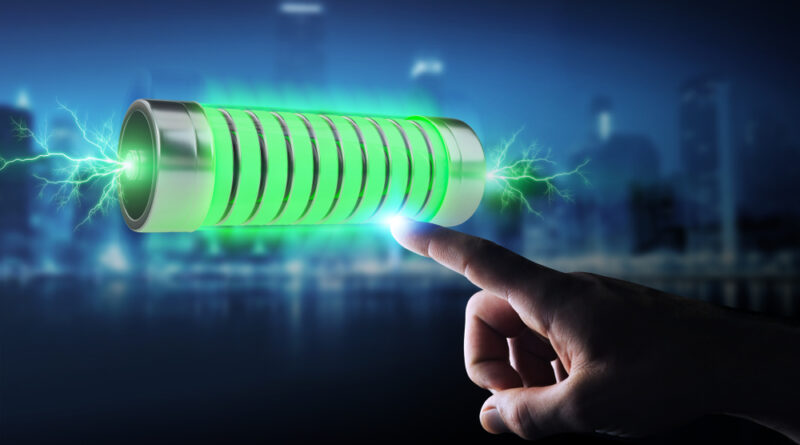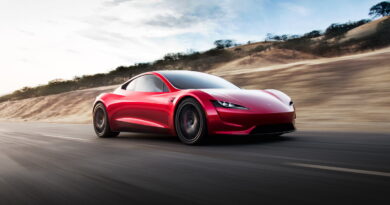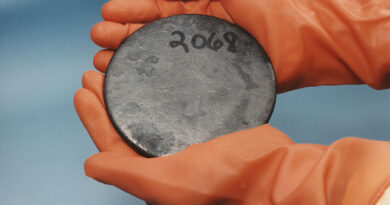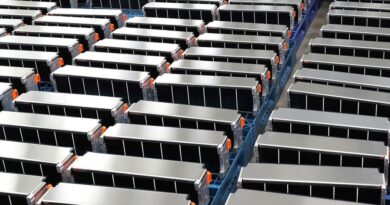Sodium-ion battery to rival commercial lithium-ion models
The sodium-ion battery is a type of rechargeable battery analogous to the lithium-ion battery but using sodium ions as the charge carriers. Lithium-ion batteries are expensive to produce, with difficult-to-source materials.
Sodium-ion batteries have the potential to be cheaper and more easily produced, if we can get past the problem of getting these batteries to work as well as the lithium-ion technology we’re predominantly using.
Lithium-ion batteries have the advantage over sodium-ion: they last longer, and they hold more energy. One of the reasons is that a lot of potential materials used for the cathode – the part of the battery that receives the flowing electrons – end up with a damaging build-up of inactive sodium crystals, eventually killing the energy transfer.
To solve this problem, scientists purpose-built a layered metal oxide cathode, and developed a liquid electrolyte that held additional sodium ions. This resulted in a saltier mixture inside the battery, a better interaction with the cathode, and no collection of sodium crystals.
Over the course of 1,000 cycles, the new Na-ion battery still retains over 80 percent of its charge – not enough to make its way into your smartphone just yet, but a huge step forward for the alternative battery technology, and one that promises more advances in the future.
“Our research revealed the essential correlation between cathode structure evolution and surface interaction with the electrolyte,” said materials scientist Yuehe Lin from Washington State University (WSU).
The researchers say they want to look closer at the interactions between their electrolyte and cathode, and improve the efficiency even further. They’re also keen to eliminate the use of cobalt, which is another material that’s rare and difficult to source, but is frequently used in commercial lithium-ion batteries and experimental Na-ion ones.
While lithium-ion dominates the market in terms of phones, laptops and electric cars at the moment, it does have its weaknesses – not least the expensive sourcing of lithium. If we’re going to need more of these batteries, it makes sense to have a cheaper alternative.
“This work paves the way toward practical sodium-ion batteries, and the fundamental insights we gained about the cathode-electrolyte interaction shed light on how we might develop future cobalt-free or low-cobalt cathode materials in sodium-ion batteries as well as in other types of battery chemistries,” says Lin.
Sodium-ion batteries are also viable means of energy storage, mainly for large-scale electric storage applications, due to the following reasons: (1) low cost of sodium, compared to that of lithium; (2) similar chemistry and intercalation kinetics to that of lithium; (3) the irreversible capacity of carbon anodes in sodium-ion batteries is less than in lithium-ion batteries.
However, the cycling efficiency of sodium-ion batteries is not well-known, mostly due to the fact that the rate capability obtained from hard carbon anodes is poor. This is due to the fact that Na+ ions are larger than Li+ ions, and do not fit readily in graphite host.
Instead, graphene allows larger void space for intercalation of Na+ ions, and thus makes a better anode choice for the emerging field of low cost Na-ion batteries. In order to increase the rate capability, carbon nanostructures, and their composites with metals have been designed and shown in the laboratory to deliver improved performance.
“If we can find viable alternatives to both lithium and cobalt, the sodium-ion battery could truly be competitive with lithium-ion batteries. And, that would be a game changer,” concludes Lin.




